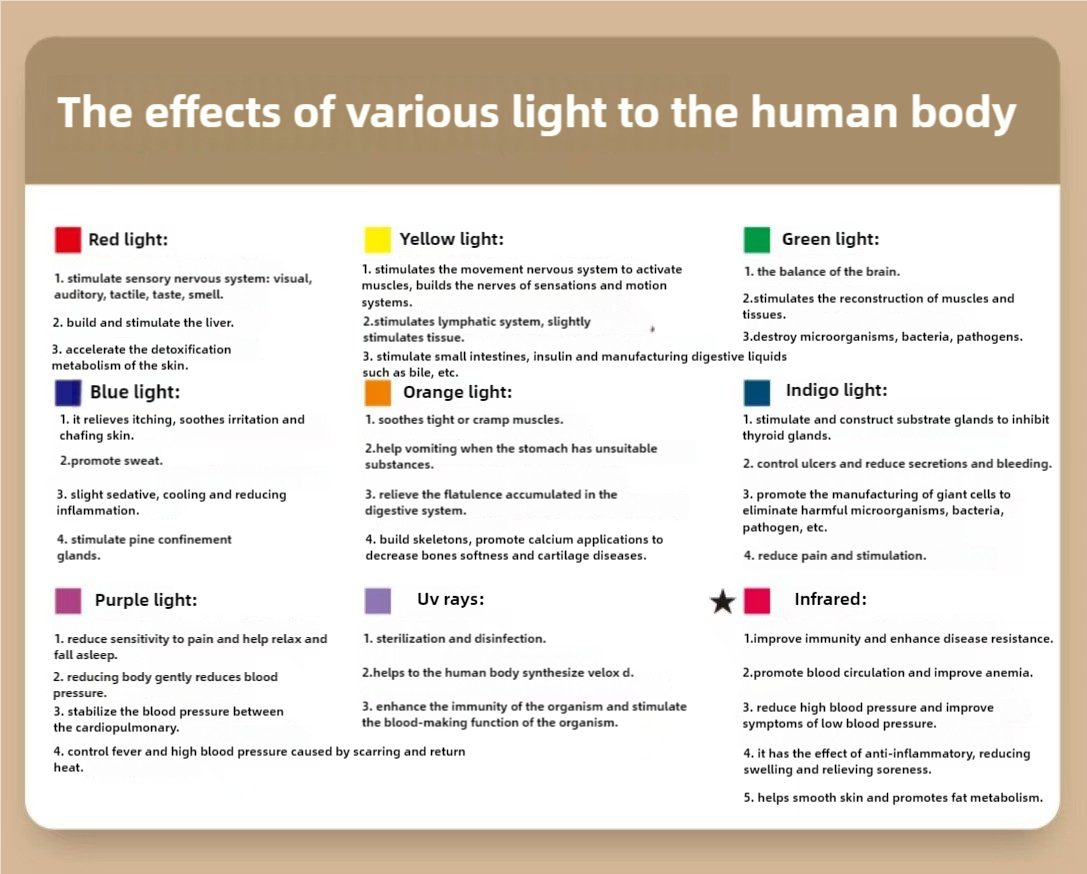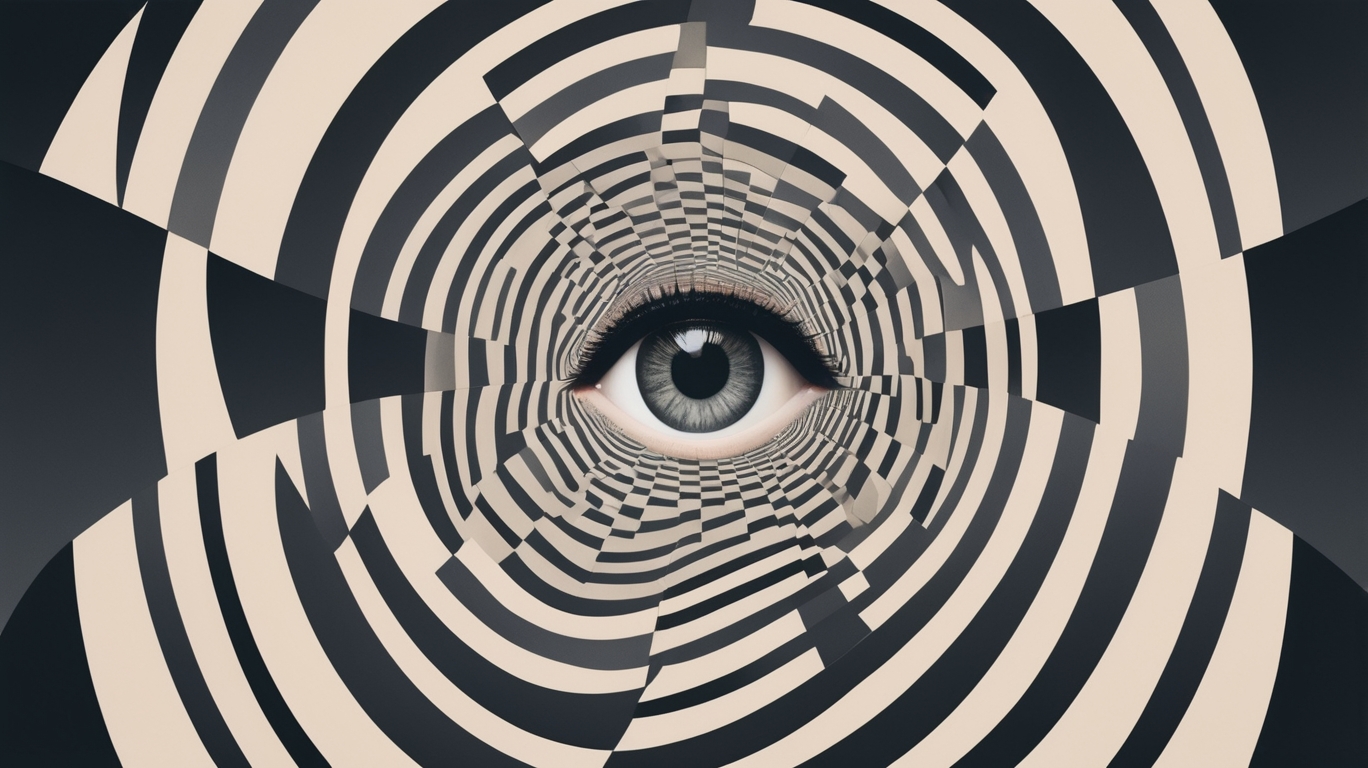In modern society, light is closely related to our lives. From the first ray of sunshine in the morning to wake us up, to the lights at night to illuminate our way home, light is everywhere. However, many people only know about light at the level of lighting, but ignore the important impact of light on our health. The popularization of light health science is a long way to go.
We all know that sunlight, air and water are the three essential elements for the existence and growth of life. In the course of human development, these three elements have always been with us. The relationship between sunlight and air and water is very close. Sunlight helps the formation of air and the birth of water, and photosynthesis is one of the original laws of nature. All elements for human physical and mental health are healthy life. Light has an important impact on the human body and mind. Sunlight has a very rich spectrum, and each spectrum has its own unique health effects, such as red light for liver construction, green light for human balance, blue light for human calmness, yellow light for muscle stimulation, purple light for pain suppression, ultraviolet light for bone growth, infrared light for heat supply, and natural light can also regulate the body's biological clock and affect our sleep and wakefulness cycles. Humans were born, evolved, grew and grew under the irradiation of sunlight, and human health has long been closely related to sunlight.

The rational use of artificial light sources is also crucial. Appropriate illumination and color temperature can improve work efficiency and learning effects, reduce eye fatigue and visual damage. For example, in places such as offices and schools, the use of ergonomic lighting design can reduce the incidence of myopia. At the same time, different colors of light also have different effects on people's emotions. Warm-toned light can create a warm and comfortable atmosphere, relieve stress and anxiety; cool-toned light can improve attention and alertness.
Today, the problem of light pollution is becoming more and more serious, causing many adverse effects on our health. First of all, excessive artificial lighting can interfere with the body's biological clock. Especially the strong light at night will inhibit the secretion of melatonin and affect the quality of sleep. In the long run, it may cause insomnia, fatigue, anxiety and other problems. Secondly, light pollution can cause damage to the eyes. Strong light and glare can make the eyes feel uncomfortable. Long-term exposure to such an environment can easily cause eye diseases such as myopia and cataracts. In addition, light pollution may also affect the ecological balance. For example, strong light at night can interfere with the migration and reproduction of birds, insects and other organisms, and destroy the stability of the ecosystem.
Although the importance of light to health has received increasing attention, we still face many light health problems in real life. In the past two years, we have transformed the classroom lights of dozens of primary and secondary schools in Foshan. After the transformation, the lights have become softer and more eye-protecting. However, many teachers have reported that the lights are not as bright as before and they are not used to it. Is it for energy saving? In fact, people do not know enough about light and often ignore the impact of light quality and intensity on health. Originally, teachers were exposed to blue light for a long time, which easily led to problems such as eye fatigue, dryness, and decreased vision. In addition, unreasonable lighting design can also have adverse effects on human health. For example, an overly bright or dark lighting environment will increase the burden on the eyes, and being in such an environment for a long time may cause eye diseases such as myopia and glaucoma. Therefore, if you want to protect your eyes better, appropriate color temperature and illumination are important.

On the other hand, with the continuous development of science and technology, the continuous emergence of new light sources has also brought new challenges to light health. For example, although LED lights have the advantages of energy saving and environmental protection, they may also cause harm to human health if used improperly. The blue light component in LED lights is relatively high. If you look directly at LED lights for a long time, it may cause damage to the retina. The lack of red light spectrum will cause hypoxia of the sclera of the eye, thus forming myopia. In addition, in order to pursue profits, some unscrupulous merchants produce and sell lighting products of substandard quality. These products often have problems such as excessive light radiation and stroboscopic, which seriously affect people's health.
In the face of the challenges facing light health, it is particularly important to strengthen the popularization of light health. First of all, through popular science, people can improve their understanding of light health, let people understand the important impact of light on human health, and thus pay more attention to the quality and intensity of light. Secondly, popular science can help people correctly choose and use lighting products to avoid health hazards caused by improper use. For example, when purchasing lighting products, you should choose products that meet national standards and pay attention to the color temperature, stroboscopic and other indicators of the products. At the same time, according to different places and needs, choose the appropriate lighting intensity and color. Finally, popular science can also promote relevant departments and enterprises to strengthen the research and management of light health and promote the development of the light health industry.
Consolidarea științei populare privind sănătatea luminii necesită eforturi comune ale guvernului, întreprinderilor, organizațiilor sociale și persoanelor fizice. Guvernul poate consolida supravegherea produselor de iluminat prin formularea de politici și reglementări relevante pentru a proteja drepturile și interesele publicului în materie de sănătate a luminii. În același timp, guvernul poate organiza activități de popularizare a științei despre sănătatea luminii pentru a populariza cunoștințele despre sănătatea luminii în rândul publicului prin intermediul televiziunii, radioului, ziarelor, internetului și altor mijloace media. Întreprinderile pot consolida cercetarea, dezvoltarea și producția de produse pentru sănătatea luminii pentru a îmbunătăți calitatea și siguranța produselor. Organizațiile sociale își pot valorifica pe deplin propriile avantaje și pot organiza prelegeri, instruiri și alte activități de popularizare a științei despre sănătatea luminii pentru a îmbunătăți gradul de conștientizare a publicului cu privire la sănătatea luminii. Persoanele fizice pot învăța cunoștințe despre sănătatea luminii, pot alege și utiliza corect produsele de iluminat, pot dezvolta obiceiuri oculare bune și pot proteja sănătatea lor și a familiilor lor.
Lumina sănătoasă nu există doar în natură, nu provine doar din lumina soarelui, ci depinde și de înțelegerea și aplicarea luminii de către oamenii de știință. De ce pot oamenii să stea deasupra naturii? Acest lucru se datorează creativității umane. Creația și cercetarea în domeniul sănătății luminoase vor promova știința umană la un nivel superior și vor însemna, de asemenea, că oamenii de știință pot înțelege mai bine unul dintre elementele originii vieții pe Pământ, oferind astfel un sprijin mai mare și mai puternic pentru viața și sănătatea umană, creând un viitor mai bun pentru omenire și aducând oamenilor o viață sănătoasă.
Pe scurt, mai este mult de parcurs pentru popularizarea științei luminoase în domeniul sănătății. Trebuie să conștientizăm pe deplin impactul important al luminii asupra sănătății, să consolidăm popularizarea științei luminoase în domeniul sănătății, să îmbunătățim gradul de conștientizare a publicului cu privire la sănătatea luminoasă și să creăm împreună un mediu luminos sănătos și confortabil. În același timp, trebuie să acordăm atenție și problemei poluării luminoase și să luăm măsuri eficiente pentru a reduce efectele nocive ale poluării luminoase asupra sănătății.

